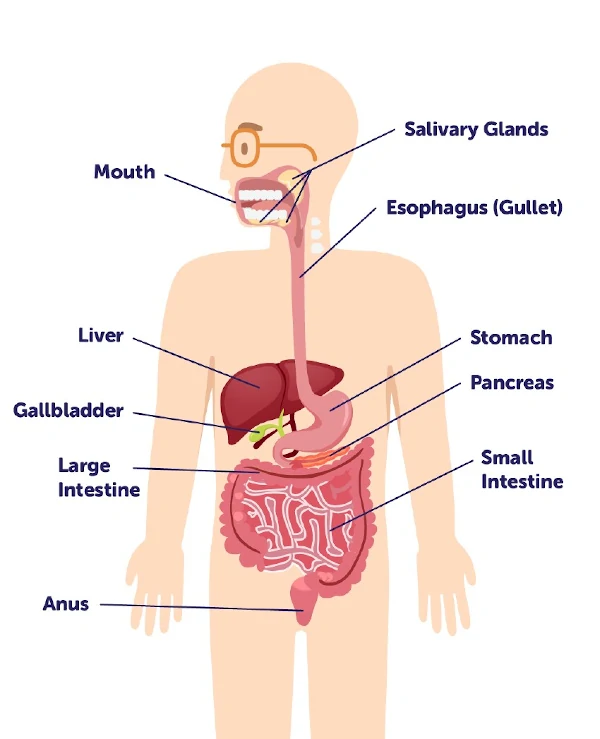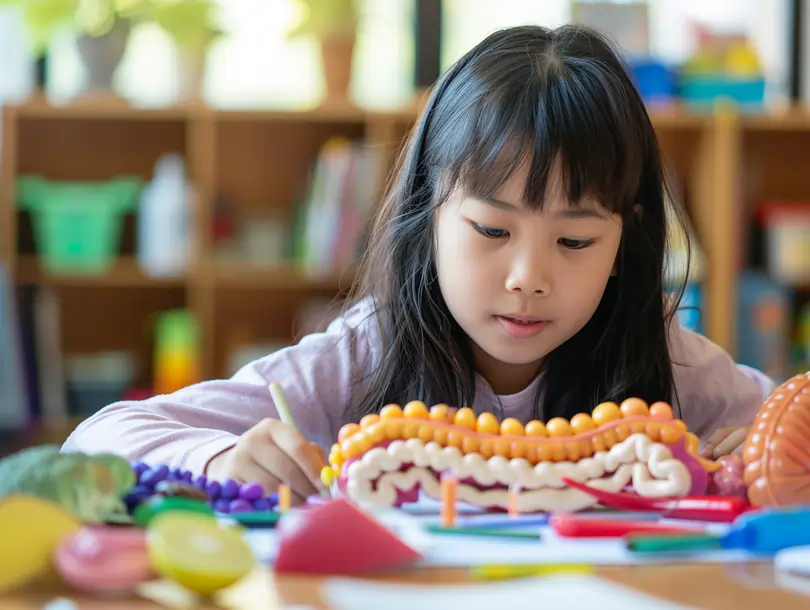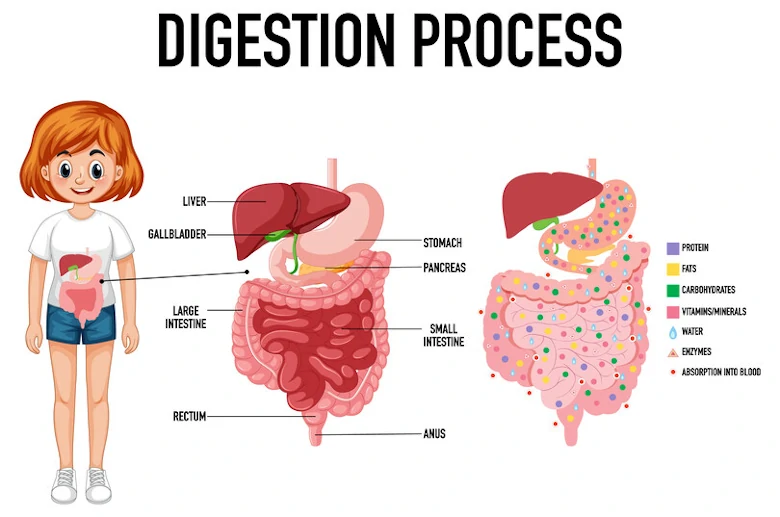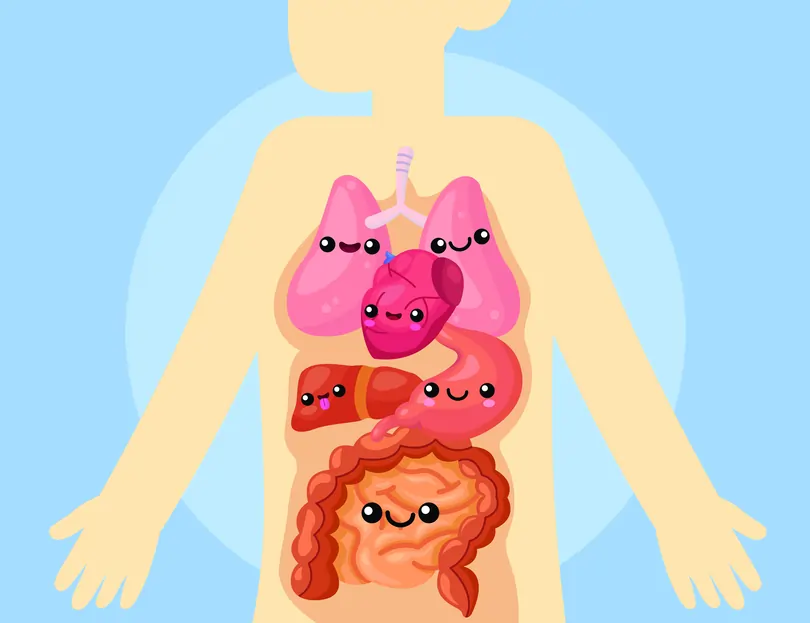Diversity Of Animals
In this article, you will be introduced to the diversity of animals according to the Singapore Primary 3 Science syllabus. You will also learn about how animals are being classified according to their characteristics.
Different Groups Of Animals
Animals can be further classified into the following groups:
Mammals
Mammals have hair as their body covering and breathe through their lungs. They provide their young with milk (suckle their young). Most mammals reproduce by giving birth to young alive. Mammals live in different places like on land and in the water. For example, a rabbit lives on land while a dolphin lives in the water (sea). Bats are the only mammals that can fly.

Image Credit: pixabay - Pixel-mixer - Bat
Birds
Birds have feathers as their body covering and breathe through their lungs. A bird has a beak, a pair of wings and a pair of legs. All birds reproduce by laying eggs and their eggs are protected by hard shells. Although all birds have wings, not all birds are able to fly. Birds that are unable to fly are known as flightless birds. Examples of flightless birds are ostriches and penguins.
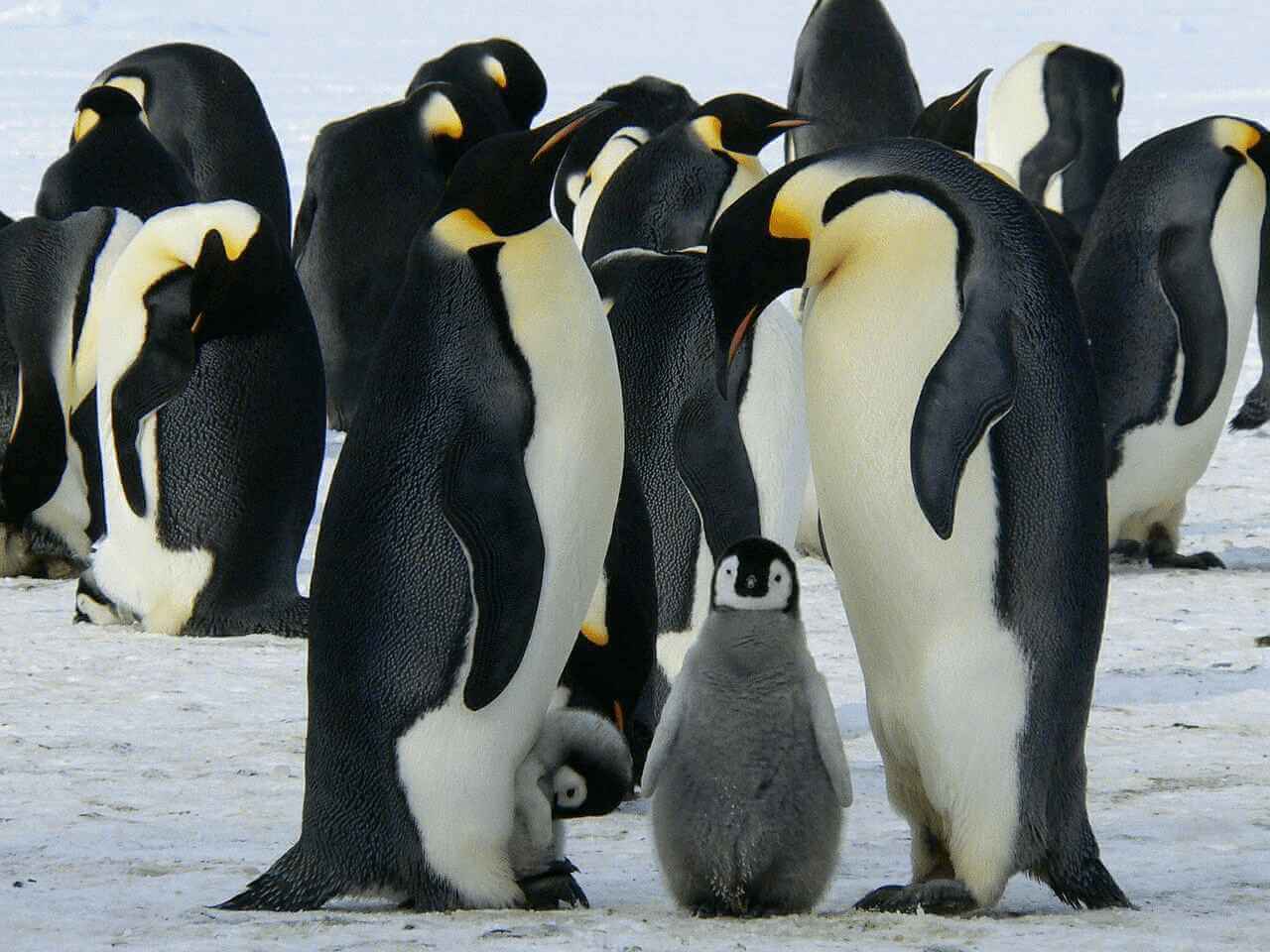
Image Credit: pixabay - MemoryCatcher - Emperor Penguins & Baby Penguin Birds
Fish
Fish have scales as their body covering which protects the fish from injury. All fish live in water and breathe through their gills which are found under their gill cover. A fish has fins and a tail to help it to swim. Most fish reproduce by laying eggs (without hard shells) in water. Examples of fish are goldfish and clownfish.
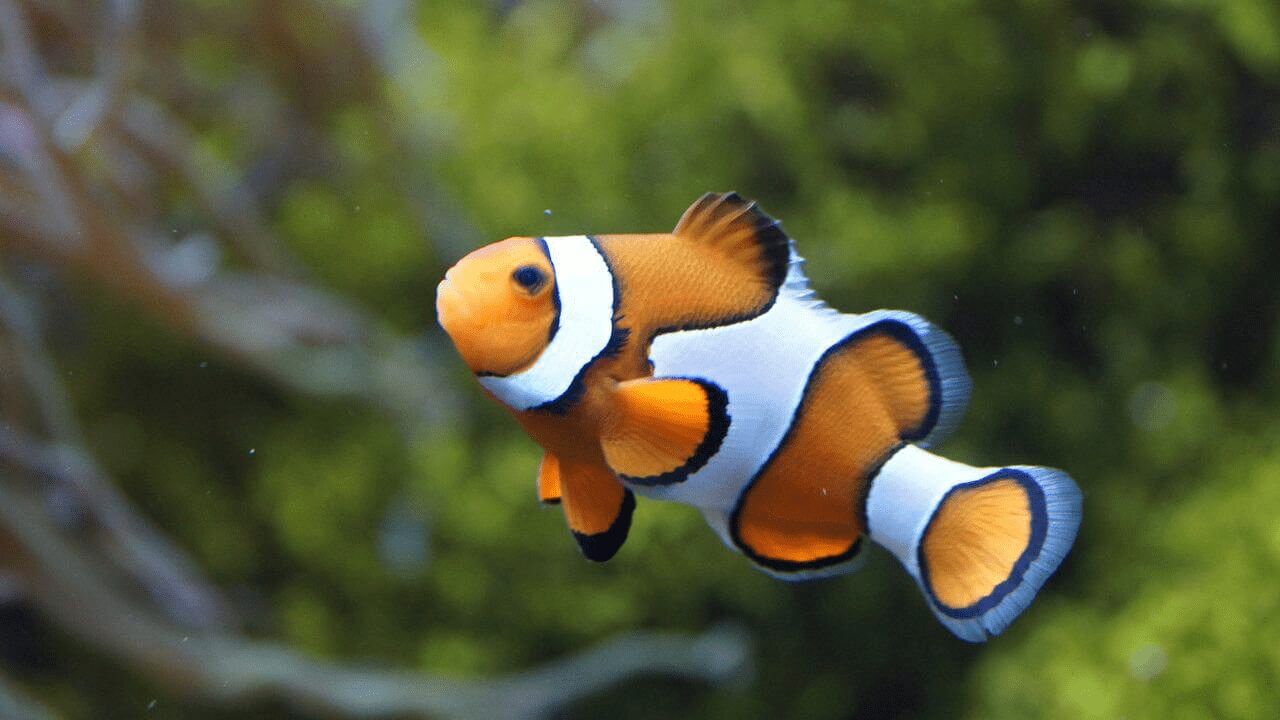
Image Credit: pixabay - Taken - Clownfish
Amphibians
Amphibians have moist skin as their body covering and breathe through their lungs on land and moist skin in the water. They reproduce by laying eggs without shells in the water. The young of amphibians breathe through gills as they live in the water. However, the gills of the young gradually develop into lungs as they grow into adults. Examples of amphibians are frogs and salamanders.
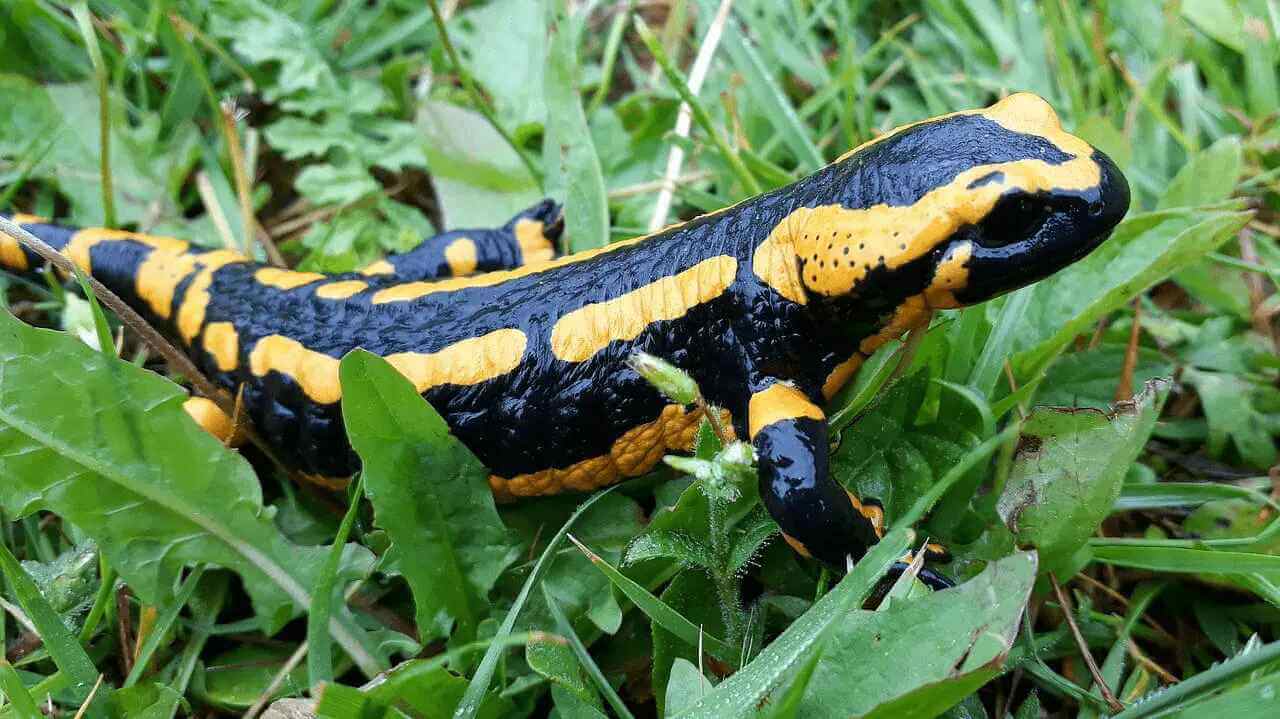
Image Credit: pixabay - Townyowl - Salamander
Reptiles
Reptiles are covered by dry skin with scales and breathe through their lungs. They reproduce by laying eggs on land. Some reptiles have a shell to protect their bodies, such as turtles and tortoises. Examples of reptiles are lizards, crocodiles and snakes.
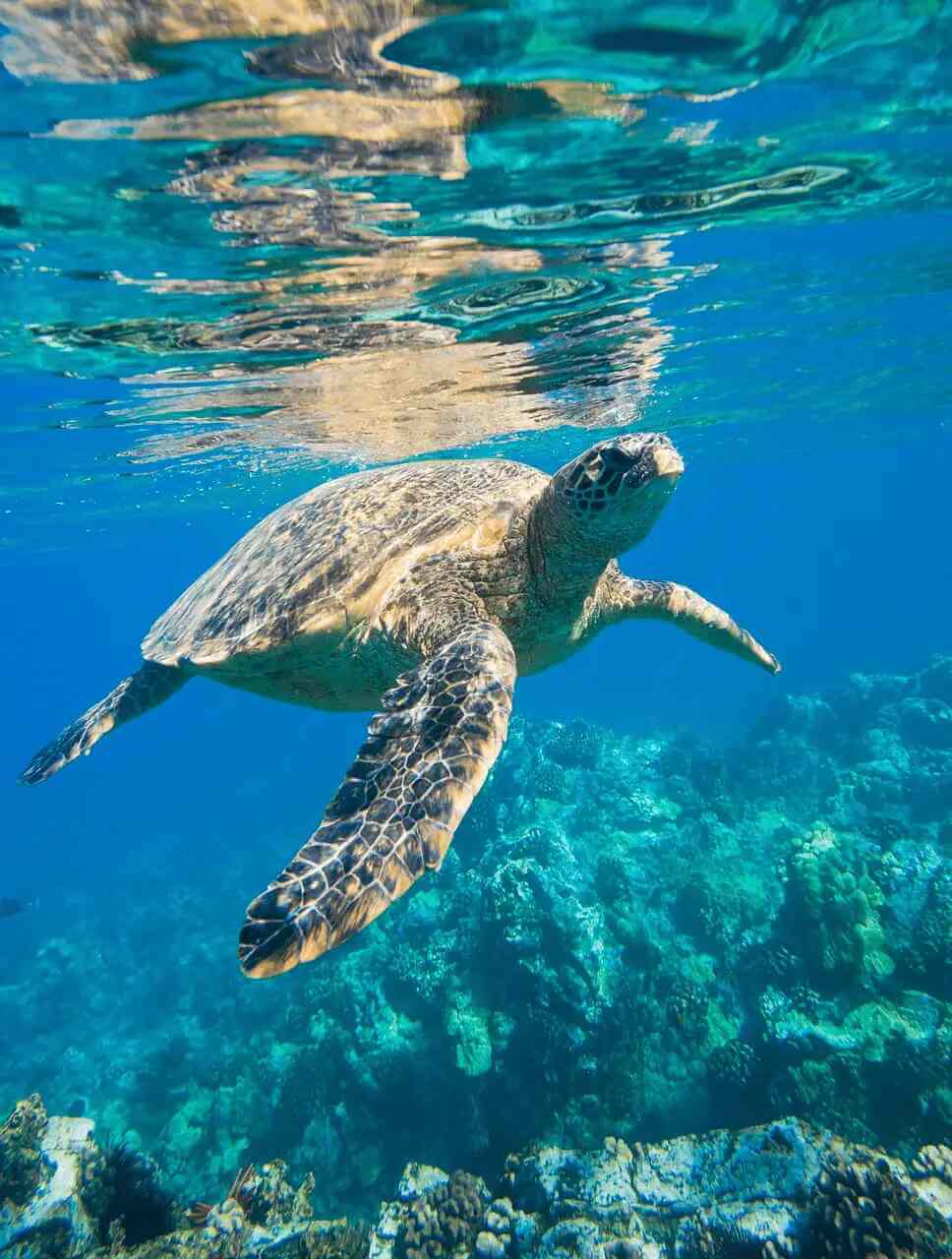
Image Credit: pixabay - andresfho - Turtle
Insects
Insects have a body covering of hard skin which is also known as exoskeleton. An insect has three body parts, six legs and two feelers (antenna). Insects reproduce by laying eggs. Some insects have wings and are able to fly while some insects do not have wings. For example: a dragonfly has wings to fly while an ant does not have wings to fly.
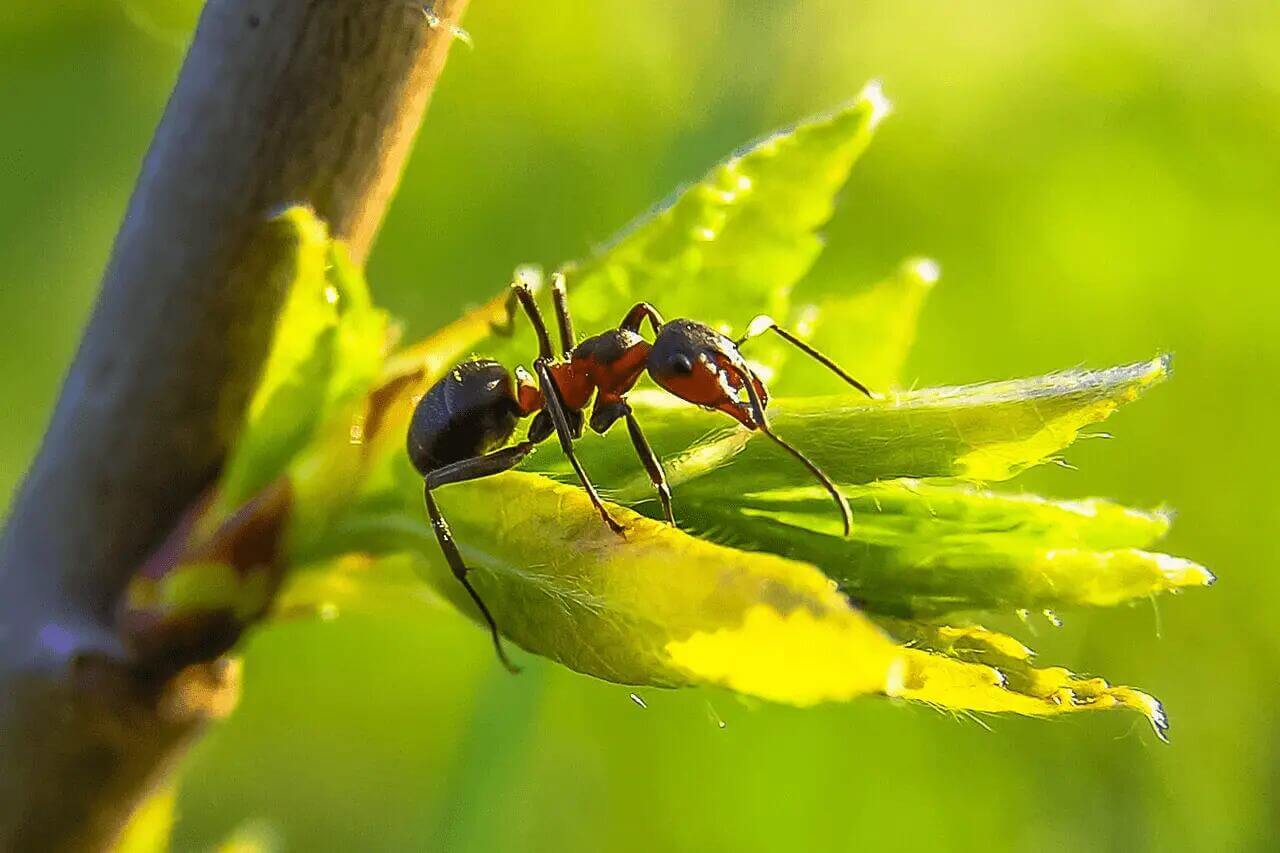
Image Credit: pixabay - diego_torres - Ant
Conclusion
In this article, we learned about the diversity of animals. We have also explored the characteristics of different groups of animals.
Test Your Concepts
Answer the following questions based on the concepts that we have covered in this article. If you are unclear, you may want to revisit the relevant section to revise the concepts.
Question 1:
Aaron observed two animals and recorded his observations in the table below. A tick (✓) represents that the animal possesses that characteristic.
| Characteristic | A | B |
|---|---|---|
| It has six legs. | ✓ | |
| It lives in water. | ✓ | |
| It has a pair of wings. | ✓ |
Which of the following best represents animals A and B?
| Animal A | Animal B | |
|---|---|---|
| (1) | lion | penguin |
| (2) | dolphin | butterfly |
| (3) | goldfish | bat |
| (4) | tortoise | eagle |
Solution:
(2) dolphin butterfly
Explanation:
Animal A lives in water, does not have six legs and does not have a pair of wings. This shows that Animal A is not an insect nor a bird. Animal B has six legs which shows that it is an insect.
Question 2:
Study the table below.
| Group C | Group D |
|---|---|
| bat | turtle |
| lion | penguin |
| whale | butterfly |
Which of the following are suitable headings for Group C and Group D?
| Group C | Group D | |
|---|---|---|
| (1) | Can fly | Cannot fly |
| (2) | Mammals | Birds |
| (3) | Lives on land | Lives in water |
| (4) | Has hair as body covering | Does not have hair as body covering |
Solution:
(4)
Explanation:
A bat, a lion and a whale are mammals and have hair as body covering. However, a lion and a whale cannot fly and a whale does not live on land. A turtle is a reptile that lives in the water, cannot fly, and does not have hair as body covering. A penguin is a bird that cannot fly, does not live in the water and does not have hair as body covering. A butterfly is an insect that can fly, does not live in the water and does not have hair as body covering.
Question 3:
Study Organism E as shown in the diagram below.
Is Organism E an insect? Explain your answer.
Solution:
No. Organism E has 8 legs unlike an insect that has 6 legs.
Explanation:
An insect has 6 legs, 3 body parts and 2 feelers. However, Organism E has 8 legs.
| Continue Learning | |
|---|---|
| Systems | Diversity Of Materials |
| Plants And Their Parts | Living And Non-Living Things |
| Diversity Of Plants | Digestive System |
| Diversity Of Animals | Fungi & Bacteria |
Test Yourself
Study the flow chart below. A, B, C and D are animals.
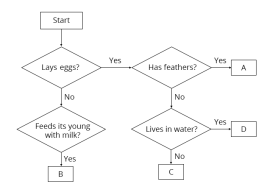
In which group, A, B, C or D, would you place a penguin?
Penguins are birds. They lay eggs and have feathers that are waterproof and densely packed which helps to keep them warm.
Which of the following statements about birds are true?
1: All birds can fly.
2: All birds lay eggs.
3: All birds have beaks.
4: All birds cannot swim.
Choose the correct option
Common examples of flightless birds include the ostrich, emu and penguin. Examples of birds that can swim are penguins and ducks.
Study the classification chart below.
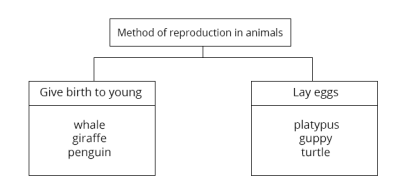
In the above classification, which of the following animals are classified wrongly?
Whales are mammals and they give birth to their young alive.
Platypus are mammals. However, they lay eggs instead of giving birth to their young alive.
Penguins are birds, they lay eggs.
Guppies are fish. However, they give birth to their young alive instead of laying eggs.
The diagrams below show organisms X and Y.

How are both X and Y similar?
1: Both need water to survive.
2: Both reproduce by laying eggs.
3: Both move around to look for food.
4: Both have the same outer covering.
Choose the correct option
Both animals are living things which move around to look for food and need water for survival.
X reproduces by laying eggs, while Y reproduces by giving birth to young alive.
X has scales as outer covering, while Y has hair/fur as outer covering.




 SG
SG  VN
VN 
